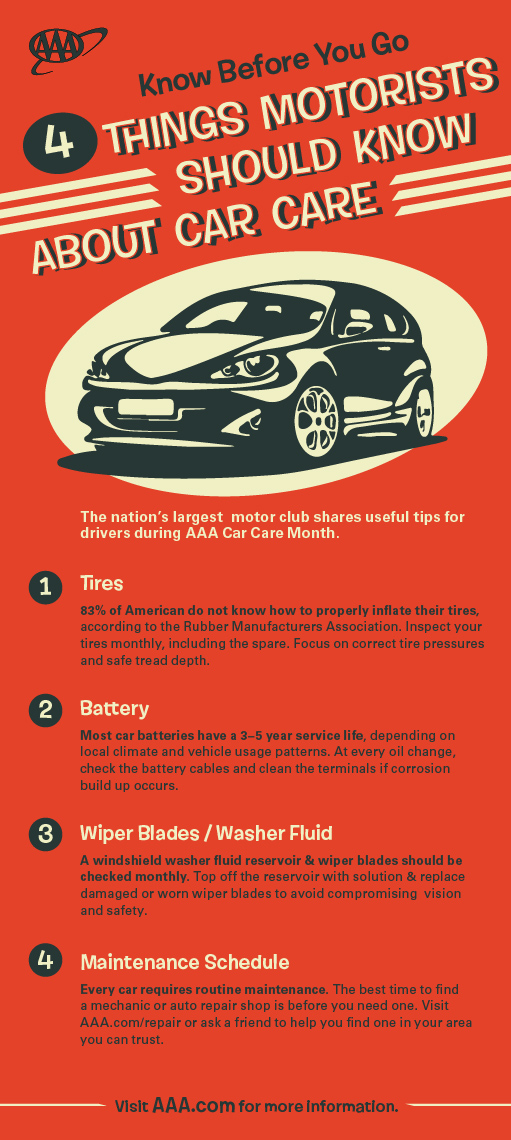Translating Your Automobile'S Caution Indicators: What They Truly Signify
Translating Your Automobile'S Caution Indicators: What They Truly Signify
Blog Article
Material By-Faulkner Dalgaard
When you're behind the wheel, those beautiful warning lights on your dashboard can be a bit puzzling. Do you know what they're attempting to inform you concerning your auto's wellness? Recognizing the significance of these lights is vital for your safety and security and the longevity of your lorry. So, the next time one of those lights appears, wouldn't you want to decode its message properly and take the needed steps to address it?
Common Caution Lighting and Interpretations
Determine usual warning lights in your auto and comprehend their significances to make sure safe driving.
The most typical caution lights consist of the check engine light, which signals concerns with the engine or emissions system. If this light comes on, it's crucial to have your automobile checked immediately.
Read the Full Content advising light suggests low oil pressure, requiring prompt attention to avoid engine damage.
A flashing battery light may suggest a damaged charging system, possibly leaving you stranded otherwise addressed.
The tire pressure monitoring system (TPMS) light informs you to reduced tire stress, impacting vehicle security and gas effectiveness. Overlooking this might bring about hazardous driving problems.
boat detailing shows a problem with the anti-lock stopping system, jeopardizing your capability to quit quickly in emergency situations.
Finally, the coolant temperature warning light warns of engine overheating, which can result in serious damage if not fixed swiftly.
Recognizing these typical caution lights will aid you resolve issues quickly and keep safe driving problems.
Importance of Prompt Interest
Understanding the common warning lights in your vehicle is only the very first step; the value of promptly resolving these cautions can not be emphasized sufficient to guarantee your safety on the road.
When a caution light brightens on your control panel, it's your auto's way of communicating a potential concern that needs attention. Neglecting Read More In this article can bring about more extreme issues in the future, jeopardizing your safety and potentially costing you much more out of commission.
Prompt attention to advising lights can protect against break downs and mishaps. As an example, a blinking check engine light can indicate a misfire that, if left neglected, can create damages to the catalytic converter. Resolving this quickly can conserve you from a costly fixing.
Likewise, a brake system advising light could indicate low brake fluid or used brake pads, critical components for your safety when driving.
Do It Yourself Troubleshooting Tips
If you observe a caution light on your control panel, there are a couple of do it yourself troubleshooting pointers you can attempt prior to looking for specialist help.
The primary step is to consult your vehicle's handbook to understand what the details caution light suggests. Occasionally the issue can be as easy as a loosened gas cap triggering the check engine light. Tightening up the gas cap might deal with the trouble.
An additional usual problem is a low battery, which can trigger different warning lights. Checking the battery links for corrosion and ensuring they're protected may repair the issue.
If a warning light persists, you can try resetting it by detaching the car's battery for a couple of minutes and after that reconnecting it. Additionally, inspecting your vehicle's liquid levels, such as oil, coolant, and brake fluid, can aid repair alerting lights associated with these systems.
Conclusion
To conclude, recognizing your automobile's warning lights is important for maintaining your vehicle running smoothly and safely. By without delay attending to these alerts and recognizing what they imply, you can avoid expensive repairs and possible breakdowns.
Keep in mind to consult your auto's guidebook for certain information on each warning light and take action appropriately to guarantee a hassle-free driving experience.
Keep notified, stay risk-free when traveling!
